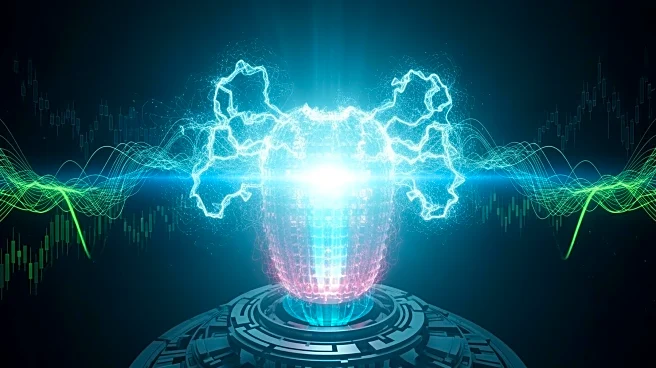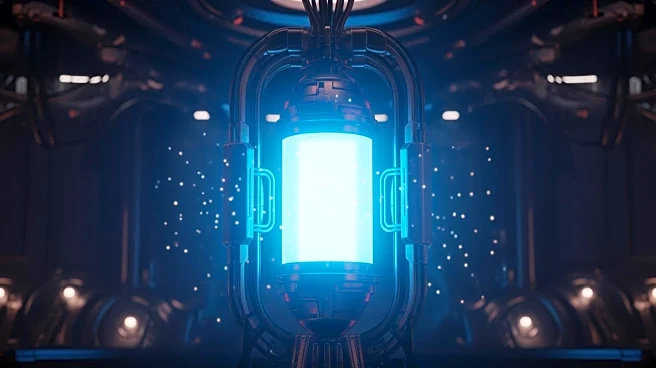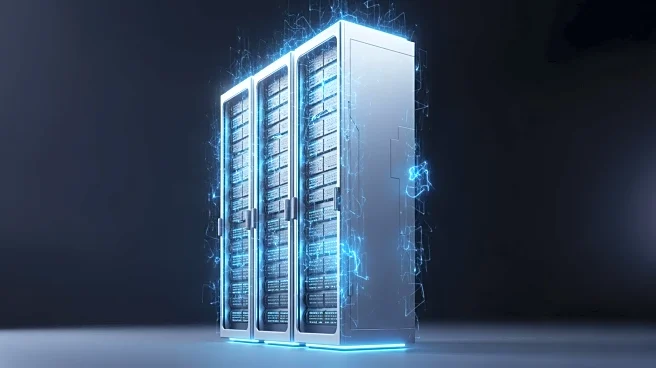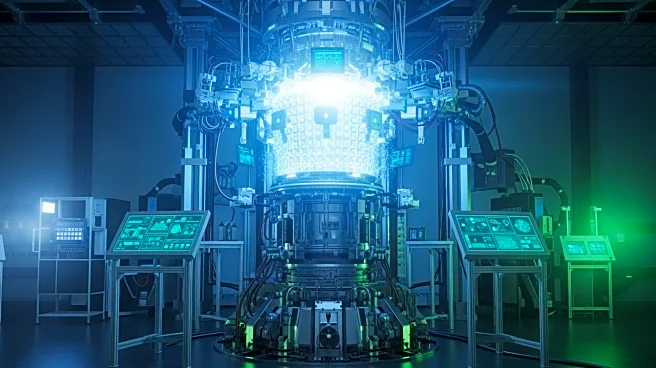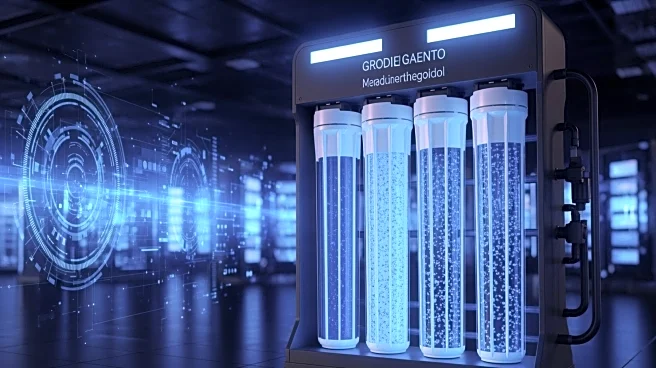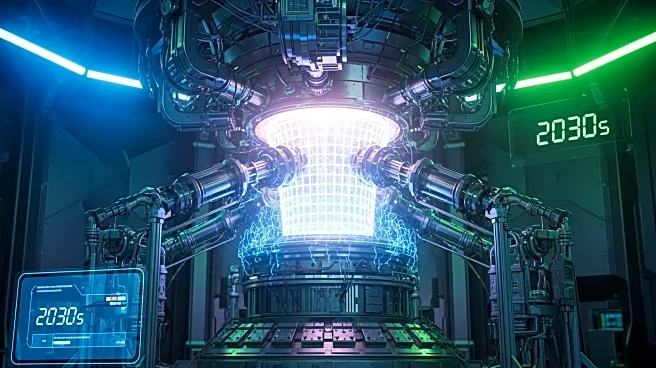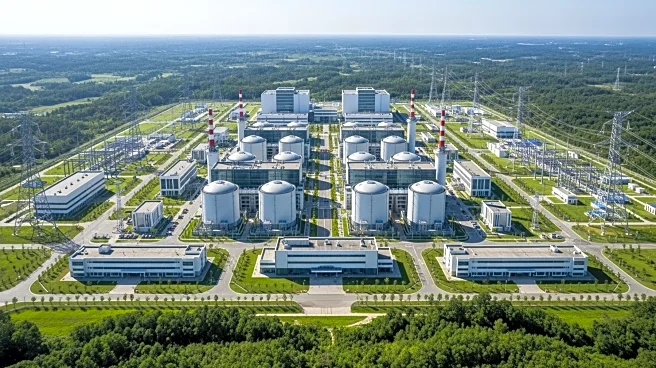What's Happening?
The Department of Energy (DOE) has released a new roadmap aimed at advancing fusion energy in the United States. This plan outlines a commitment to support research and development, as well as public-private
partnerships, to build the first generation of fusion power plants. The roadmap emphasizes the role of artificial intelligence (AI) as a tool for breakthroughs and as a driver for creating a new energy source to meet the growing electricity demands of data centers. Despite the ambitious goals, the DOE acknowledges that achieving these objectives will require scientific breakthroughs that have eluded researchers for decades. The roadmap aims to deploy commercial-scale fusion power to electricity grids by the mid-2030s, but the DOE admits it currently lacks the necessary funding to support this initiative.
Why It's Important?
The development of fusion energy is significant as it promises a carbon-free energy source that does not produce the radioactive waste associated with nuclear fission. Achieving fusion energy could revolutionize the energy sector by providing a sustainable and abundant power source. The roadmap's emphasis on AI highlights the potential for technological advancements to accelerate fusion research. However, the lack of funding poses a major challenge, potentially delaying the realization of fusion energy's benefits. The involvement of major tech companies and private investments underscores the high stakes and interest in this field, with potential impacts on energy policy and economic growth.
What's Next?
The DOE's roadmap calls for collaboration between public and private sectors to build the necessary infrastructure for fusion energy. This includes developing regional hubs for fusion innovation and creating a workforce for new technologies. The roadmap also highlights the need for structural materials capable of withstanding the extreme conditions of fusion plants. Future funding will depend on Congressional appropriations, and the DOE's ability to secure these funds will be crucial for the roadmap's success. The involvement of tech giants like Google and Microsoft, who plan to purchase electricity from future fusion plants, indicates a growing momentum that could influence future energy policies.
Beyond the Headlines
The roadmap's focus on AI as a transformative tool for fusion energy suggests a broader trend of integrating advanced technologies into energy research. This could lead to new methodologies and efficiencies in scientific research. The potential for fusion energy to meet the electricity demands of data centers aligns with the tech industry's push for sustainable energy solutions. However, the roadmap's disclaimer about funding highlights the political and economic challenges that could impact the pace of fusion energy development. The DOE's strategy reflects a balancing act between ambitious goals and the practical realities of funding and technological hurdles.
